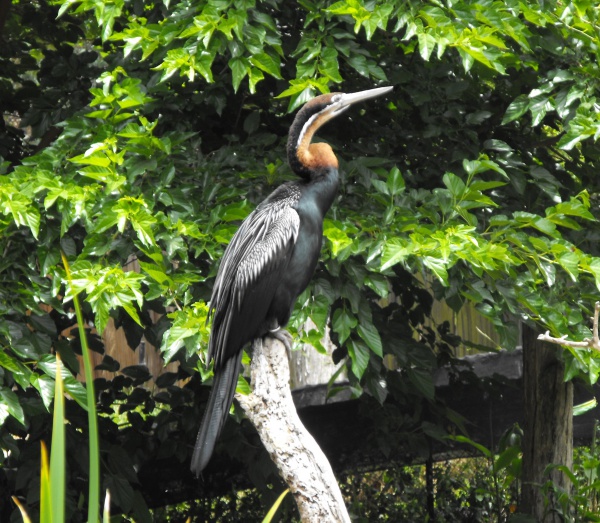Facts About Darter
Darters, also known as anhingas or snakebirds, are intriguing tropical waterbirds belonging to the family Anhingidae and the genus Anhinga. The genus includes four species, three of which are fairly common and widespread, while the fourth is rarer and near-threatened.
One of the most striking features of darters is their long, slender necks, which resemble snakes when they swim with their bodies submerged. They are adept fishers, utilizing their sharp, pointed beaks to spear their prey. Male darters are typically darker and possess larger bills compared to females. Additionally, they have webbed feet and short legs located far back on their bodies, enhancing their swimming capabilities. Unique vocalizations further distinguish darters from other birds.
These birds primarily inhabit tropical and subtropical regions, residing in freshwater environments such as lakes, rivers, and marshes. While many populations are sedentary, some do migrate to cooler regions. Darters predominantly eat medium-sized fish, which they catch by impaling with their bills. They employ a fascinating feeding technique where they toss their prey into the air and catch it head-first before swallowing.
Nevertheless, darters face threats from habitat destruction and human activities, such as egg collection and pesticide use. They generally breed in colonies, with pairs engaging in various bonding behaviors. Their nests, constructed from twigs and leaves, are typically located near water. Both parents share the responsibility of rearing their young. Interestingly, darter eggs are edible and sometimes collected for food.
The history of darters extends back to the Eocene epoch, with fossil records suggesting they likely originated in South America. Anatomical and DNA studies indicate that the Anhingidae family is closely related to cormorants and other waterbirds in the suborder Sulae. These birds are known for their unique behaviors, feeding habits, and breeding practices. Over millions of years, their adaptability and ability to disperse across various regions have contributed to their survival and success.
